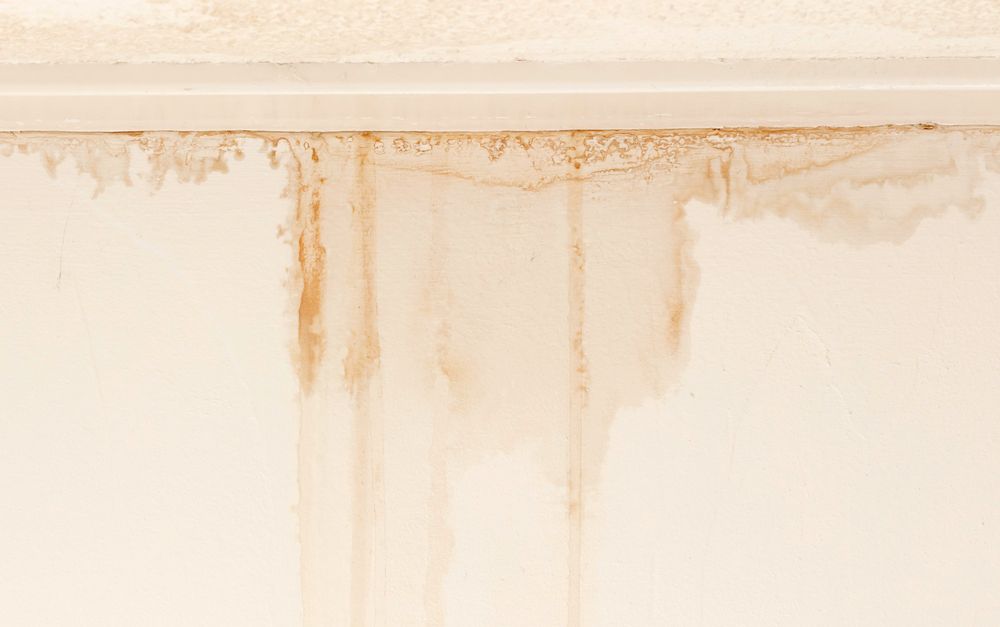Revealing Hidden Water Line Leaks: Six Smart Detection Methods
Revealing Hidden Water Line Leaks: Six Smart Detection Methods
Blog Article
We've stumbled upon this great article involving Leaking water lines directly below on the web and decided it made sense to share it with you here.

Early detection of leaking water lines can alleviate a possible disaster. Some small water leakages may not be visible.
1. Take A Look At the Water Meter
Every residence has a water meter. Examining it is a proven manner in which aids you find leaks. For starters, shut off all the water sources. Make sure no person will flush, make use of the tap, shower, run the cleaning device or dishwashing machine. From there, go to the meter and watch if it will change. Since no person is using it, there must be no movements. That indicates a fast-moving leakage if it moves. Also, if you spot no changes, wait a hr or more and inspect back again. This indicates you may have a sluggish leakage that could also be below ground.
2. Examine Water Intake
If you detect unexpected changes, regardless of your usage being the same, it suggests that you have leaks in your plumbing system. An unexpected spike in your bill shows a fast-moving leak.
A constant increase every month, even with the exact same behaviors, reveals you have a slow leak that's likewise gradually rising. Call a plumber to thoroughly check your property, especially if you really feel a cozy location on your flooring with piping below.
3. Do a Food Coloring Examination
30% comes from commodes when it comes to water usage. Test to see if they are running correctly. Drop flecks of food shade in the storage tank and wait 10 minutes. There's a leak in between the tank and also dish if the shade somehow infiltrates your dish throughout that time without flushing.
4. Asses Exterior Lines
Do not neglect to examine your exterior water lines also. Examination faucets by affixing a yard pipe. Must water leak out of the connection, you have a loose rubber gasket. Replace this and also make certain all links are tight. It will certainly assist get it properly took a look at and preserved annually if you have actually obtained a sprinkler system. One little leakage can lose lots of water as well as spike your water bill.
5. Examine the scenario and evaluate
Property owners need to make it a habit to inspect under the sink counters and also also inside cabinets for any type of bad odor or mold and mildew development. These 2 red flags indicate a leak so timely focus is called for. Doing regular evaluations, even bi-annually, can conserve you from a significant trouble.
If you recognize your residence is already old, keep a watchful eye on your heating systems, hoses, pipelines and so on. Check for stainings and also compromising as most devices as well as pipelines have a life expectancy. They will certainly likewise naturally deteriorate as a result of deterioration. Do not wait for it to escalate if you presume leaking water lines in your plumbing system. Call a specialist plumber today so you don't end up with a dreadful mess in your home.
Early discovery of dripping water lines can alleviate a prospective catastrophe. Some small water leaks might not be noticeable. Inspecting it is a guaranteed method that helps you find leakages. One tiny leak can waste heaps of water and also spike your water bill.
If you presume leaking water lines in your plumbing system, do not wait for it to intensify.
WARNING SIGNS OF WATER LEAKAGE BEHIND THE WALL
PERSISTENT MUSTY ODORS
As water slowly drips from a leaky pipe inside the wall, flooring and sheetrock stay damp and develop an odor similar to wet cardboard. It generates a musty smell that can help you find hidden leaks.
MOLD IN UNUSUAL AREAS
Mold usually grows in wet areas like kitchens, baths and laundry rooms. If you spot the stuff on walls or baseboards in other rooms of the house, it’s a good indicator of undetected water leaks.
STAINS THAT GROW
When mold thrives around a leaky pipe, it sometimes takes hold on the inside surface of the affected wall. A growing stain on otherwise clean sheetrock is often your sign of a hidden plumbing problem.
PEELING OR BUBBLING WALLPAPER / PAINT
This clue is easy to miss in rooms that don’t get much use. When you see wallpaper separating along seams or paint bubbling or flaking off the wall, blame sheetrock that stays wet because of an undetected leak.
BUCKLED CEILINGS AND STAINED FLOORS
If ceilings or floors in bathrooms, kitchens or laundry areas develop structural problems, don’t rule out constant damp inside the walls. Wet sheetrock can affect adjacent framing, flooring and ceilings.
https://www.servicemasterbyzaba.com/blog/how-to-detect-water-leakage-in-walls/

I was guided to that editorial on Hacks to detect leaks through someone on our other web property. Enjoyed reading our piece of writing? Please share it. Let other people check it out. I recognize the value of reading our article about Top leak detection hacks.
Tailored care available. Report this page